Reflections at the end of the Localvore month
So the month is over, the kettle is on and I can eat and drink what ever I like, I don’t have to use the wood fired stove any more (but I’ve lit it anyway) and I’m allowed to use my car again (but I wish I wasn’t).
It’s not only been a month of localvoring but it’s been a month off, and I know that from this point on life will speed up again, I’ll drink coffee, attend meetings, eat snacks and excuse myself for not taking the time to prepare meals that need thinking of hours before .
Everything about the food we eat involves fuel, massive fuel-dependent farms, transporting goods around the globe, processing, packaging, driving around shopping. One great (or very sad) example is “Gourmet bread that Coles claimed was “baked today, sold today” was actually made in Ireland” (Sydney Morning Herald). Our acceptance of the distance food travels has become part of our lives and in fact much of the new super foods and health foods are marketed on the exotic locations from where they have originated.
Food and fuel have such an intimate relationship that to take the fuel out of the equation would leave us in a big mess in a very short period of time. My eat local month was a short experiment to find out what we would really eat if we had to.
First of all life my life had to slow down, I had to cut the wood to light the stove to boil the kettle so there was no such thing as a quick cuppa. I had to to go to the garden to pick the veg, walk to the dam to catch the marron, cycle to town to buy the spuds, food became a big part of the rhythm of life, a necessity and a focus. There were no short cuts and there was plenty of time for reflection.
My month of living locally was rich, I’m sure that I ate better than most of the worlds population, I had fresh veggies, avocados, meat, oil and honey, I had abundant firewood, a nice bike and friends dropping over with local organic wine. I had time to think and write and plan for the future, but what I missed was local staple foods in my diet and this is where the picture becomes unstuck.
The first week of the month I tried to survive solely from our garden and spent the week searching for anything that would give me that carbohydrate full feeling, canna roots and dried broad beans were super important but pretty boring, I was craving nuts, seeds, grains and starchy foods. The second week I cycled to the markets and bought locally grown potatoes and and my life took a turn for the better. Those delicious, starchy, filling balls of carbohydrate that could be cooked in so many ways made everything easier but I couldn’t help thinking about how many potatoes we would have to grow to keep us going for a year and how dangerous it could be to become dependant on a single crop as the great potato famine in Ireland proved in the 1850’s when over a million people died due to failed crops from potato blight.
For the final week of my localvore month I bought a bag of flour from Dumbleyung (see my logic here)and this is when the changes really happened, if you thought potatoes versatile wait till flour comes into the equation, bread, pasta, pizza, solid starchy gluey food that makes you
feel full and fat. I did go though plenty of justification and I loved that first taste of bread but it was like a little alert button to, flour is part of the slippery slope toward fast food. I think rather than flour I should have bought grain, grain takes time to process and I’m sure soon I would have decided to sprout it instead. By buying flour I was not only buying “not local” but I was buying processed.
I had a great month, I loved every meal and I loved it most when I was bored and frustrated and had to find inspiration, these meals often turned out to be the best and most creative. I loved not using my car and really I think about %80 of my vehicle use could be cut down if I made an effort to do so. I want to plant more nut trees, collect acacia seeds in the summer and find out more about local foods. I want to store more carbohydrate rich foods and experiment with seeds, eating and sprouting. I’m giving up sugar for good and without a doubt encouraging local foods in every way possible.
What plants would I focus on growing? Potatoes and sweet potatoes are a must, perennial easy to grow veggies with starchy roots such as canna edulis and jerusalem artichoke (not the most exciting of foods but filling when nothing else is available), pumpkins with good storage quality (butternuts are great), broad beans (cant say enough good things about these little beauties), nut trees of all varieties (remember that birds love nuts so think wisely when planting nuts with softer shells such as almonds), any plants with edible seeds such as sunflowers (if you can protect them), linseed (grows really well here), grain amaranth. I also think acacia seed is a great untapped resource with 47 Australian Acacias being recognised as edible including the local species A. cyclops and the local weed species A.longafolia and A.melenoxylon.
As a rule, pay attention to what grows well for you in your particular conditions and plant more, the plants I have mentioned above are plants that have grown well for us.
I will also take the opportunity to mention Jeff Nugent’s amazing research on Permaculture Plants for the South West including many Cactus and Agave species. Jeff is one of our teachers on our annual Permaculture Design Certificate and has made a life time of researching some of the lesser known useful plants.
As a final acknowledgement I want to thank my amazing partner Do, she is the constant gardener and compost maker, she never committed to this month of localvoring but came along for the ride, nearly (don’t ask her to give up coffee!) and was a great source of support, encouragement and discussion. Together we are now researching ways to make our lives even more resilient to changes that we may or not have to face in the future and how we can encourage and support more people in local food growing, sharing and eating.
To see any more posts on my localvore month click here
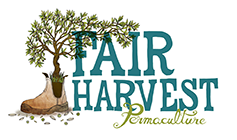
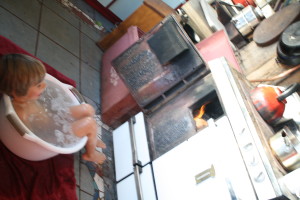
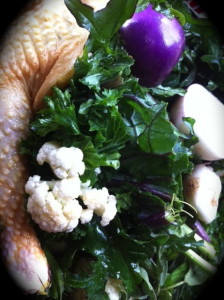
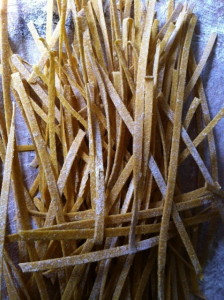
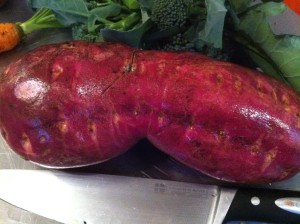


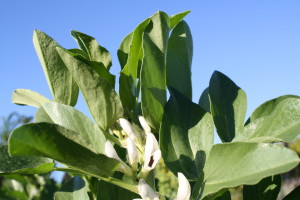
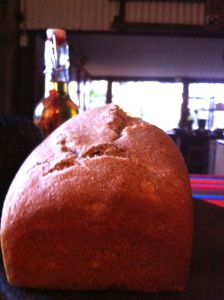
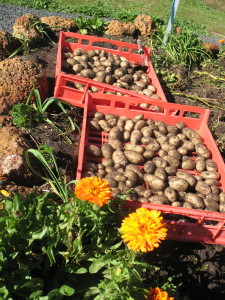
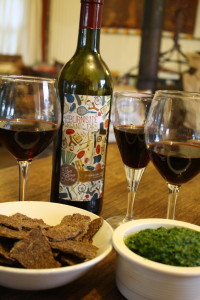

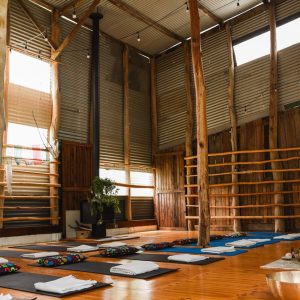

Great reflections Jodie. We were eating quinoa last night and someone mentioned that someone’s trying to grow it near Esperance… could it grow here?
A lot of Jeff’s research has been on high altitude South American plants that seem to do well in the South West. It looks like Quinoa (or some strains) is another one that would be worth trialling. Great idea!
I grew some chia Jodie but didn’t know how to harvest the bush. I might try again as your journey as a locavore is so inspiring. Divvy
Good on you Divvy, let me know how you go
Well done Jo, great effort. You guys are doing some very inspiring work and I love seeing your posts. XX
Thanks Chris…..love knowing that you guys are following us……..cant wait to see what inspiring things have been happening down your way